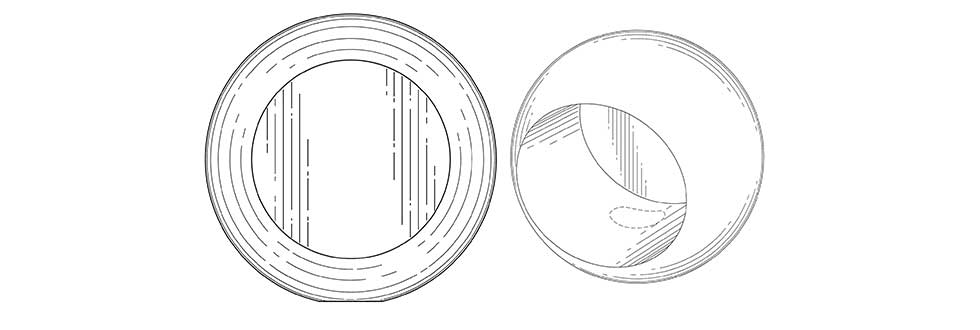A design patent protects the ornamental appearance and overall design of a product. As per 35 U.S.C. § 171, design patents protect, “any new, original, and ornamental design for an article of manufacture.” Having a design patent gives its an owner the ability to use, sell, and profit from the patented design. If you are interested in applying for a design patent, there are several things you should know before moving forward.
Design vs. Utility Patent
Before diving into the steps of how to get a design patent, it is critical to understand the difference between a design patent and a utility patent. Design patents protect an object’s physical, visual, and ornamental design, but they do not have a bearing on functionality. Utility patents, on the other hand, address how objects are used and how they operate. Read our post on design vs. utility patents for more information.
Steps to Patent a Design
- Find an experienced design patent attorney. Filing a design patent is a laborious endeavor that is best executed under the advisement of an experienced patent attorney. Work with an individual you trust to guide you through the entire process and ensure you’re doing everything properly.
- Conduct a patent search. This patent search is important for determining if a similar design to yours already exists. Finding out if your design has been patented before will save you the time and money that otherwise would have been spent on an application. It may also inspire you to pivot your idea or concept if there is one that is too similar.
- File your patent application with the United States Patent and Trademark Office (USPTO). Work with your patent lawyer to prepare all necessary paperwork and documentation for your design patent application. Your patent lawyer should have several patent artists to call upon to do a bulk of the work – you should not have to pay the full hourly rate of a patent attorney to do the image rendering, but the design figures most certainly should be handled by a patent figure specialist. The figures on a design patent should not be an area to cut costs on your IP portfolio!
- Work closely with your patent examiner. Upon receipt of your application, the USPTO will send you a notice including a filing date. Should your patent pass the initial inspection, a patent examiner will let you know how to complete your process and receive your patent. Whenever you have contact with the USPTO, always include your application number, the invention title, your examiner’s name, the filing date, and the unit number to prevent delays and unnecessary back-and-forth.
- Amend/appeal your application if need be. If your application has been rejected, you will have a small window to amend or appeal it. You can modify the contents of your application or argue its merits. If you receive another rejection after this, you can appeal to the Board of Patent Appeals and Inferences.
When You File the Application
To file a design patent application, you’ll need a host of items such as an abstract, a title for your design, a description, and a claim. You’ll also need to submit at least 7 illustrative figures, and their accompanying descriptions. You must also submit an oath or declaration to confirm your identity, as well as biographical information with an application datasheet. Lastly, you’ll need to submit a design patent application transmittal and a fee transmittal.
Given the potential for various “statutory bars” resulting from public sales & disclosures under 35 U.S.C. § 102, it’s best to file one as soon as possible to protect your creation. Also, the USPTO is notorious for long lead times for patent application approvals, so the sooner you get started the better. Utility and design patent application and protection is one of our primary practice areas here at TBillick Law PLLC. Get in touch with us today to find out more.

